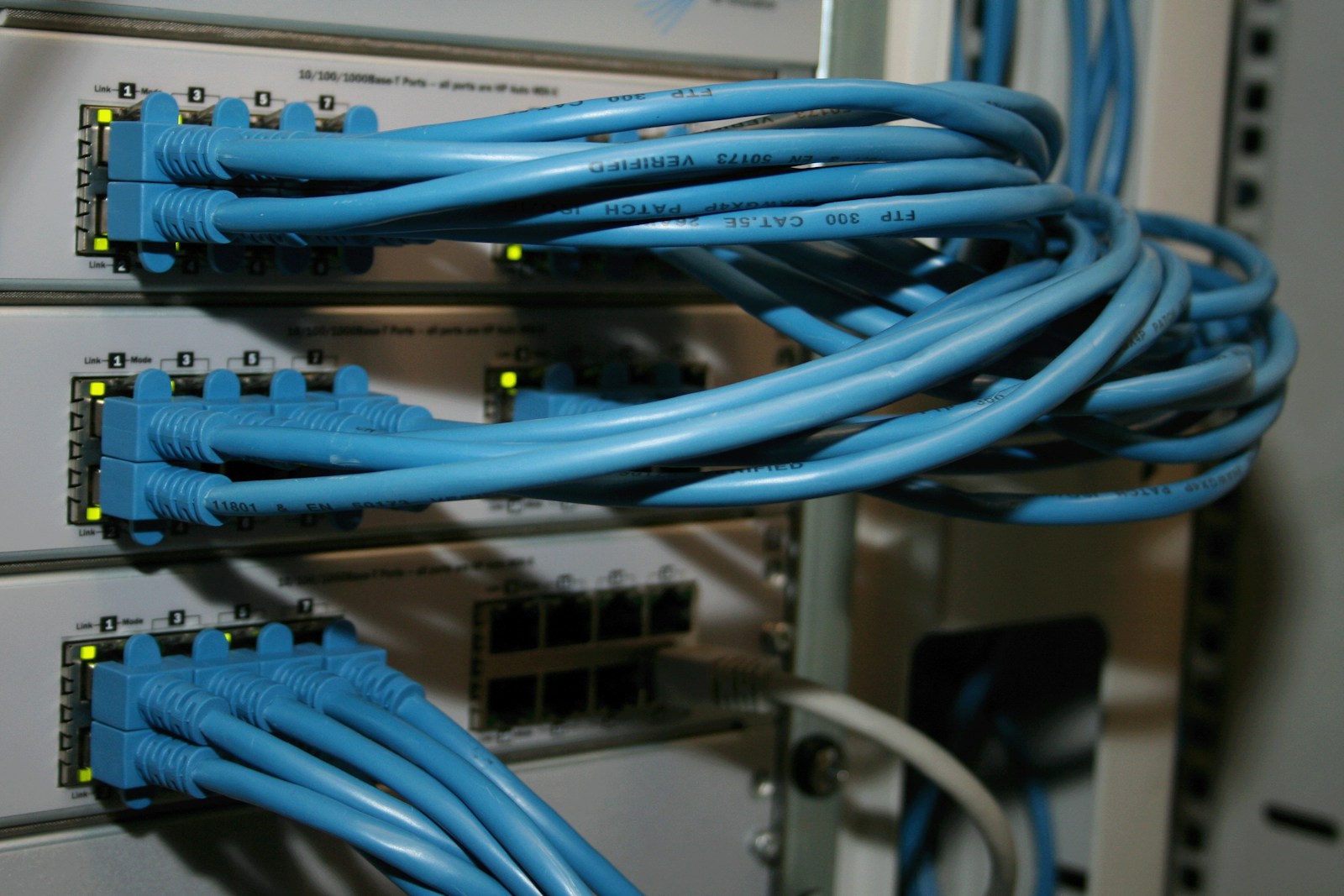In today’s interconnected and often remote‑first world, organisations face cyber risks from both outside the network and from within their own systems. Infrastructure scanning helps you identify weaknesses before attackers do. While external scans focus on the security of your internet‑facing services such as public websites and cloud assets, internal scans check the devices and systems behind your firewall for misconfigurations and unpatched software. Understanding the differences between these two approaches is essential for building a comprehensive defence.
What is External Infrastructure Scanning?
External infrastructure scanning evaluates your network from the outside to discover weaknesses accessible to attackers. These scans look at internet‑facing IP addresses, web services and cloud systems to find misconfigurations, open ports or other vulnerabilities that could be exploited. Think of it like checking the locks and windows of your business – it’s the first line of defence against intruders. External scanning also monitors changes to your attack surface, such as newly deployed services or exposures, so you can address them quickly.
- Verifies the security posture of externally‑facing systems
- Discovers known weaknesses in internet‑facing services
- Helps prioritise the most significant threats and risks
- Identifies new devices or services and monitors changes
What is Internal Infrastructure Scanning?
Internal infrastructure scanning takes place inside your network. It emulates the perspective of someone who already has access to your internal systems – either an insider or an attacker who has breached the perimeter – and checks for weaknesses that might allow them to move laterally. This includes missing patches on servers and laptops, default or weak passwords, vulnerable intranet applications and outdated software. Internal scanning is increasingly important in a world of remote and hybrid working because it protects employees’ devices and dispersed systems.
- Provides a second layer of defence against attackers
- Keeps devices secure wherever they are
- Helps identify and prioritise vulnerabilities
- Ensures software and patching are kept up to date
- Supports compliance with security standards
Key Differences Between External and Internal Infrastructure Scanning
| Aspect | External Scanning | Internal Scanning |
|---|---|---|
| Location | Outside the network – scans internet-facing IPs, websites and cloud services for exposed ports and misconfigurations. | Inside the network – scans internal systems behind the firewall, including servers, laptops and endpoints. |
| Perspective | Simulates an external attacker with no internal access. | Simulates an insider or compromised account with internal access. |
| Objective | Identify misconfigured services, open ports and web vulnerabilities to verify security posture and discover known weaknesses. | Identify missing patches, weak passwords, outdated software, intranet application flaws and misconfigurations to maintain patching and compliance. |
| Frequency | Continuous or regular to monitor changes in the external attack surface and detect new assets. | Regularly scheduled scans to maintain internal security and compliance across systems. |
| Typical vulnerabilities | Misconfigured services, exposed ports, cross-site scripting, injection flaws, insecure protocols. | Missing patches, weak credentials, vulnerable intranet applications, outdated software and misconfigured internal services. |
Which Scanning Approach Does Your Business Need?
When deciding which scanning approach your organisation needs, consider your risk exposure and resources. External infrastructure scanning is essential for any organisation with internet‑facing assets because it allows you to identify misconfigurations and exposed services before attackers do. It also provides ongoing monitoring of your public attack surface as new assets appear or changes are made.
Internal scanning complements this by giving you visibility inside your network. By simulating an attacker with internal access, it helps you find missing patches, weak credentials and outdated software on servers and endpoints. For remote and hybrid working environments, internal scans ensure devices are secure wherever they connect.
For the most comprehensive protection, it’s best to use both types of scanning together. External scans will alert you to perimeter weaknesses and new devices, while internal scans will keep your internal systems hardened and compliant. Together, they provide the layered defence needed to stay ahead of evolving cyber threats.
Conclusion
In summary, external and internal infrastructure scanning serve complementary roles in a robust security programme. External scans assess your outward‑facing systems, highlighting misconfigurations and newly exposed assets. Internal scans look inward, detecting vulnerabilities and patching gaps across your internal networks and devices. When used together, they give you the full picture of your organisation’s security posture and ensure you stay resilient against both external attacks and insider threats.

